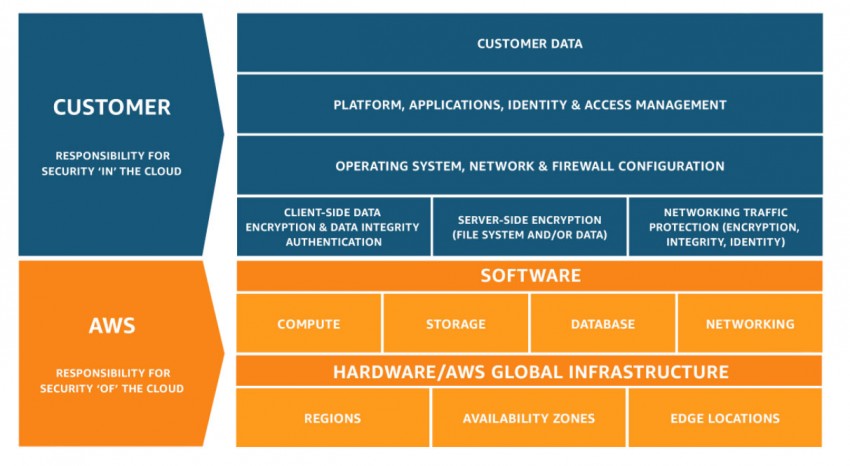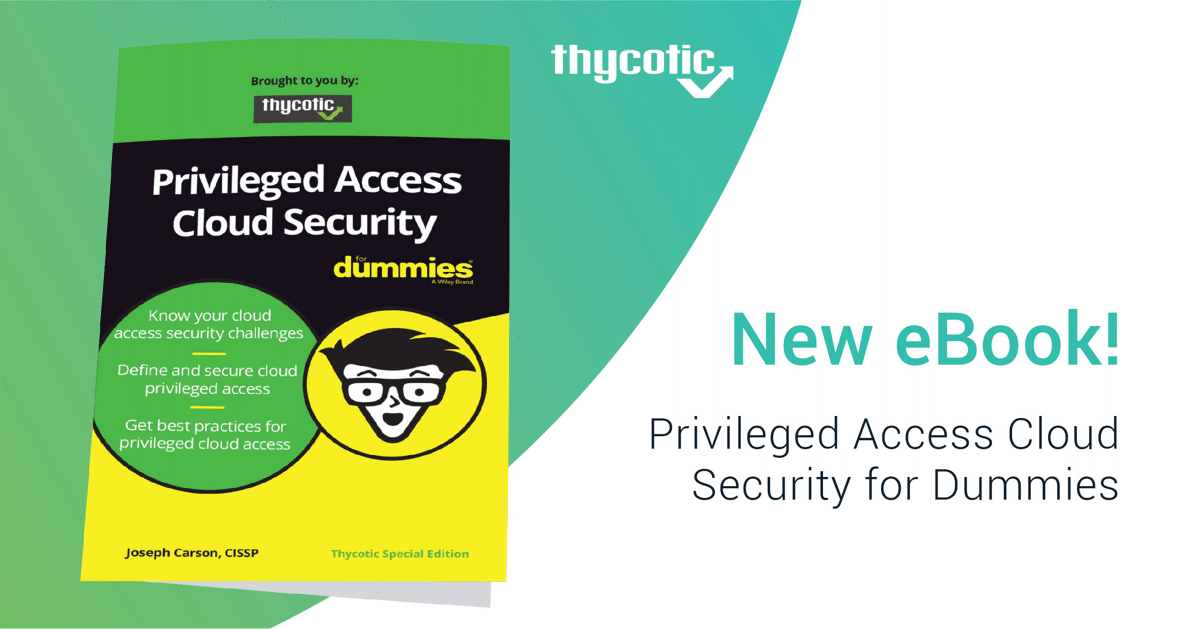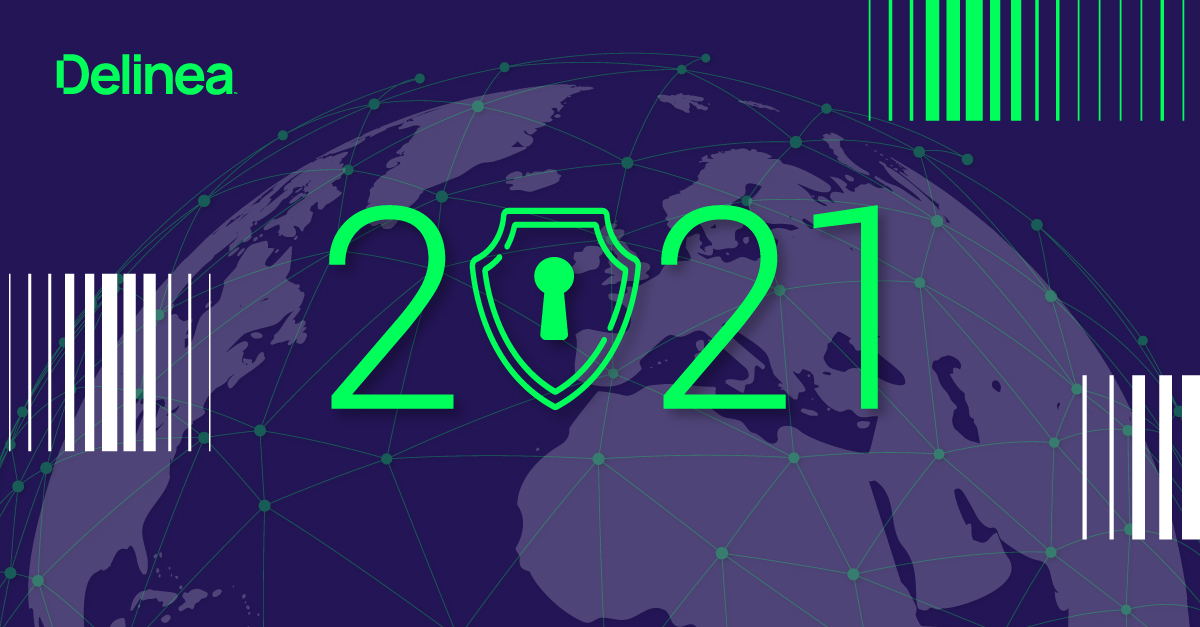What drives change in the security space? Either a significant shift in the business environment disrupts how people work, or technology advancements impact the attack surface.
Today, security teams are facing both challenges.
Remote work is here to stay. No company that I’ve talked with has plans to bring the full workforce back to the office any time soon, if ever.
Meanwhile, users are more empowered. Not only do they choose where to work, but they also choose which devices, platforms, and applications to use. So, it’s more important—and more difficult—to ensure consistent security policies and central visibility while balancing user productivity.
The term “privileged user” no longer equals “IT user.”
These disruptions are changing the very definition of the word “privileged” in Privileged Access Management (PAM). The term “privileged user” no longer equals “IT user.” It also includes business users who access financial and personal information from web apps and developers who build your products on platforms using AWS, Azure, GCP, or your own cloud.
The meaning of “privileged access” has also changed to include not only who can access what, but also what they can do with that access and when they can do it.
Delinea has taken on these challenges by embracing the new definition of privilege. We’re doubling down on our mission to provide PAM solutions that deliver the biggest possible impact in the shortest time. We call our solution “powerful PAM made easy.” This reflects our commitment to an optimal end user experience, where products are easy to try, buy, deploy, configure, and operationalize—solutions that won’t hinder employee productivity.


